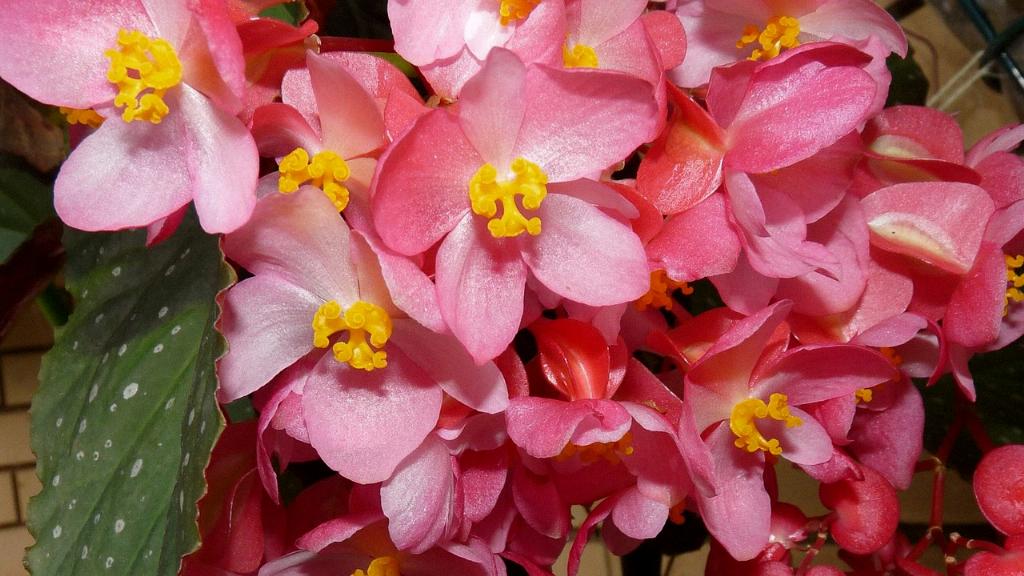When it comes to maintaining a stunning Begonia collection, regular pruning is key to keeping your plants healthy and vibrant. Begonias are beloved for their beautiful foliage and blooms, and pruning is essential for promoting growth, controlling the shape of the plant, and encouraging flower production. In this article, we will delve into the world of cutting back begonias, exploring the benefits, techniques, and common mistakes to avoid.
Overview of Begonias
Begonias are a diverse group of flowering plants known for their stunning foliage and intricate flowers. With over 1,800 different species, begonias come in various shapes, sizes, and colors, making them a popular choice for both indoor and outdoor gardens. These plants thrive in shady or partially shaded areas and are relatively low-maintenance, making them an excellent choice for beginner gardeners.
Pruning Begonias: What You Need to Know
Pruning begonias offers a myriad of benefits, including promoting new growth, maintaining plant health, and shaping the plant for aesthetic purposes. Knowing when to prune your begonias is crucial to ensure they thrive. Generally, pruning should be done in the spring or summer when the plant is actively growing. Additionally, having the right tools, such as pruning shears or scissors, is essential for a successful pruning session.
How to Properly Cut Back Begonias
Properly cutting back begonias involves a few key steps to ensure the health and vitality of your plants. Begin by assessing the plant’s overall condition and identifying areas that need pruning. Choose the right time to prune, ideally when the plant is actively growing. When pruning, make clean cuts just above a leaf or node to encourage new growth. Whether you are deadheading spent flowers or shaping the plant, using the correct techniques is crucial for the plant’s overall well-being.
Common Mistakes to Avoid When Pruning Begonias
While pruning is essential for begonias, there are common mistakes that gardeners should avoid. One of the most significant errors is over-pruning, which can put stress on the plant and inhibit growth. Additionally, using incorrect pruning techniques, such as cutting too close to the base of the plant, can cause damage and hinder future growth. By following proper pruning practices, you can keep your begonias healthy and thriving.
Conclusion
In conclusion, cutting back begonias is a crucial aspect of maintaining a healthy and thriving plant collection. By understanding the benefits of pruning, knowing when to prune, and using the right techniques, you can ensure your begonias look their best year-round. Avoiding common pruning mistakes will help your plants flourish and continue to bring beauty to your home or garden.

